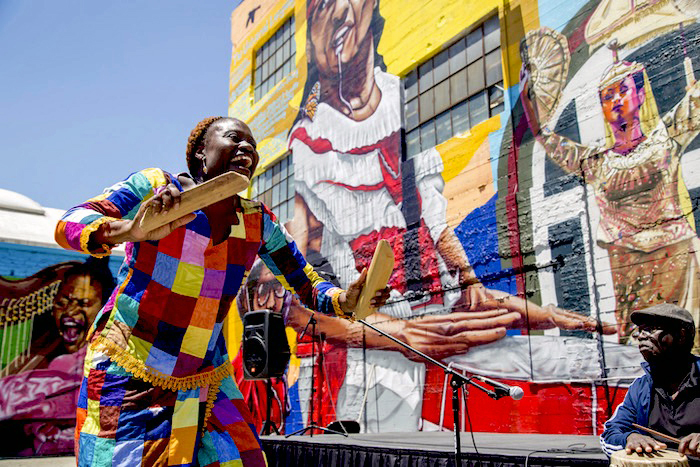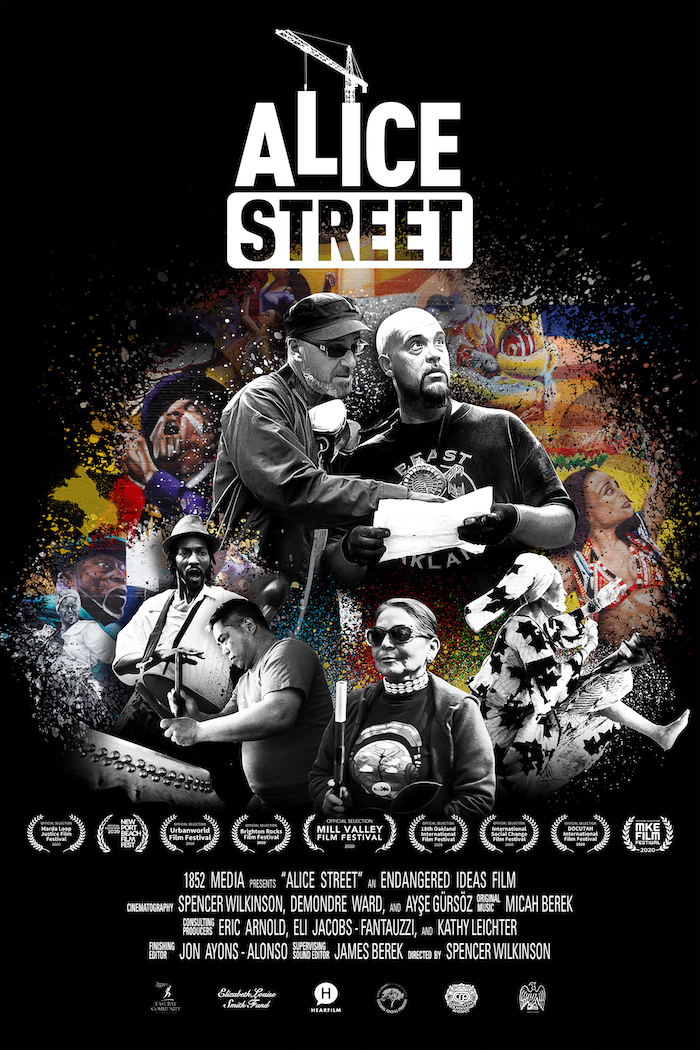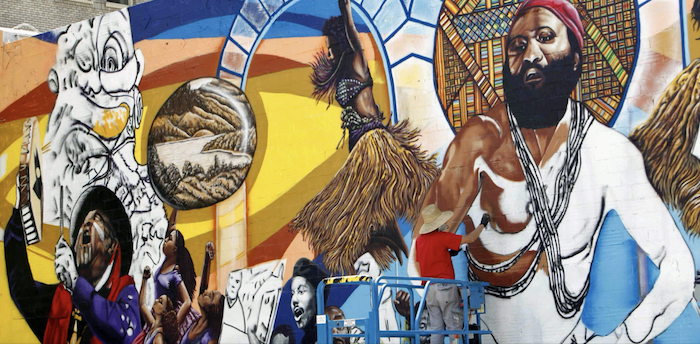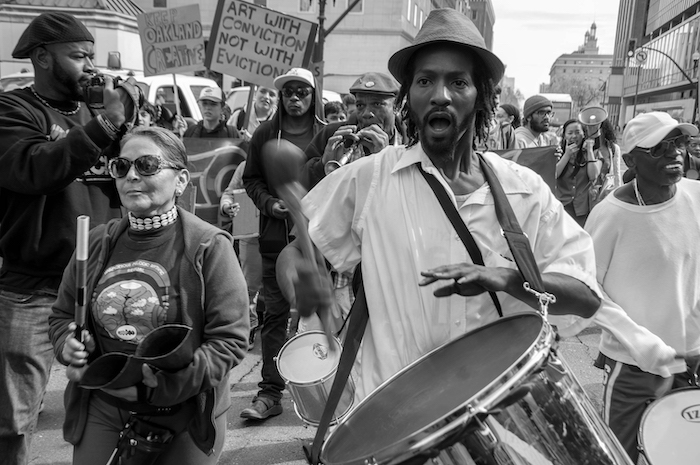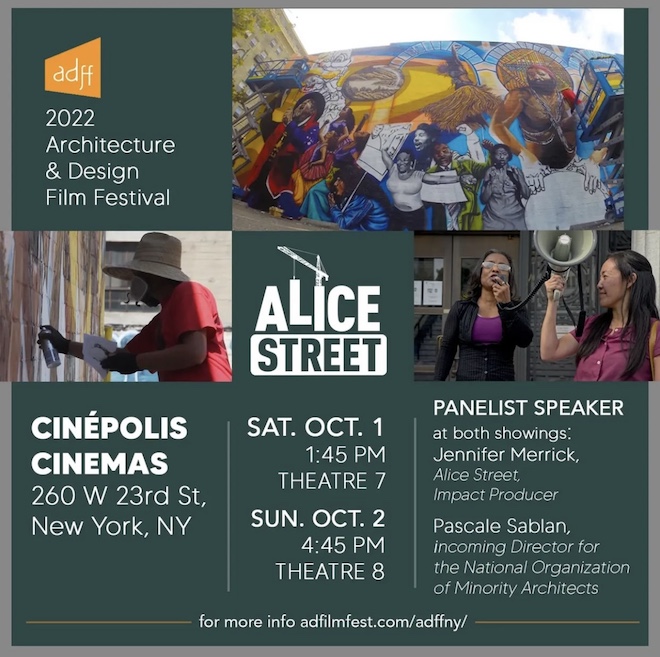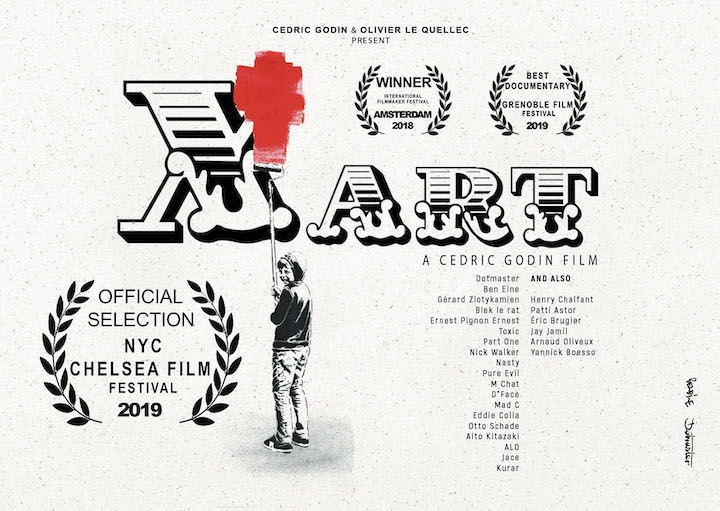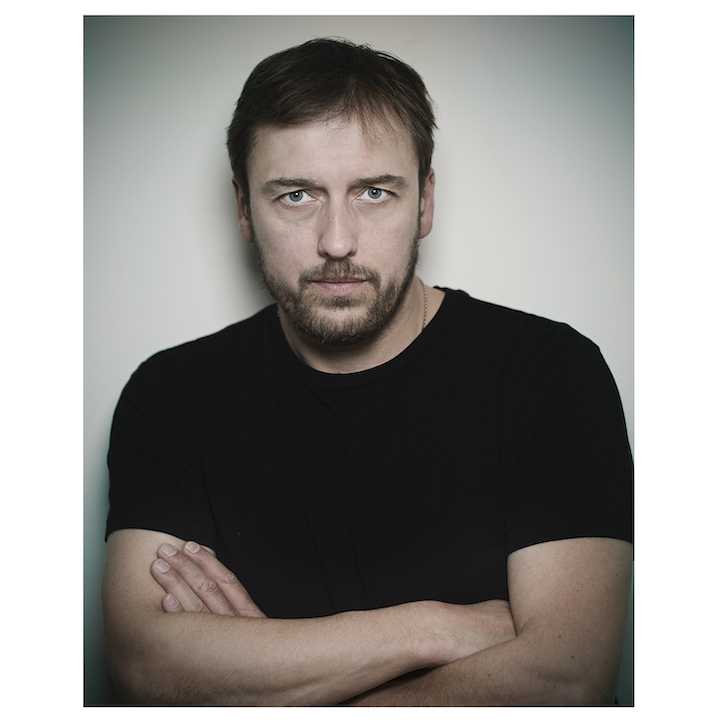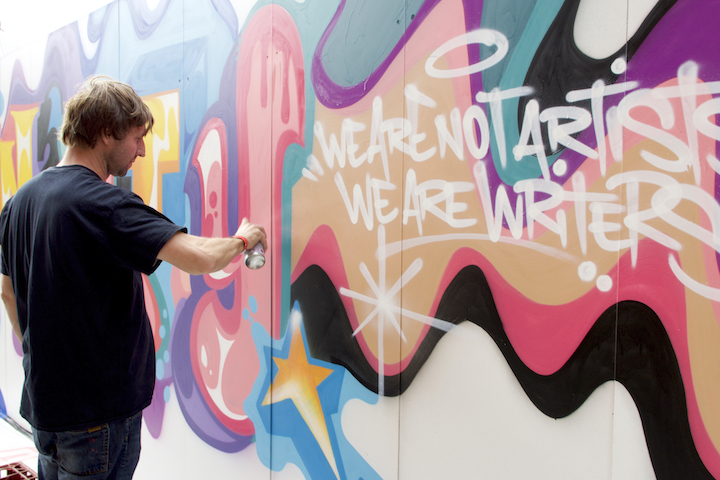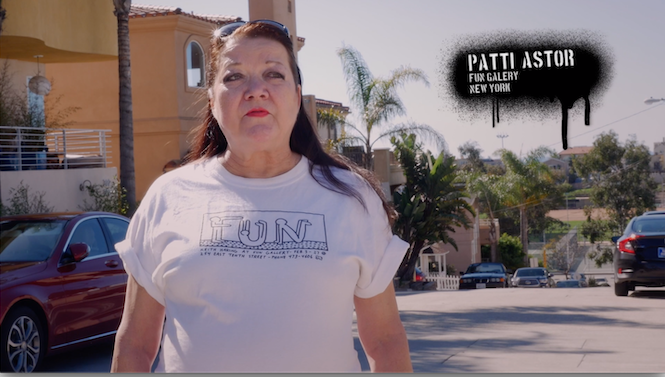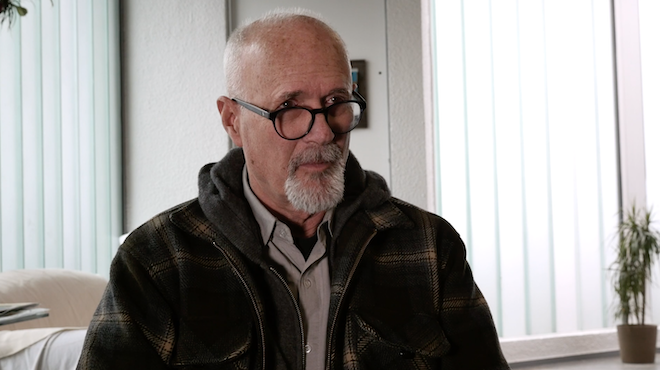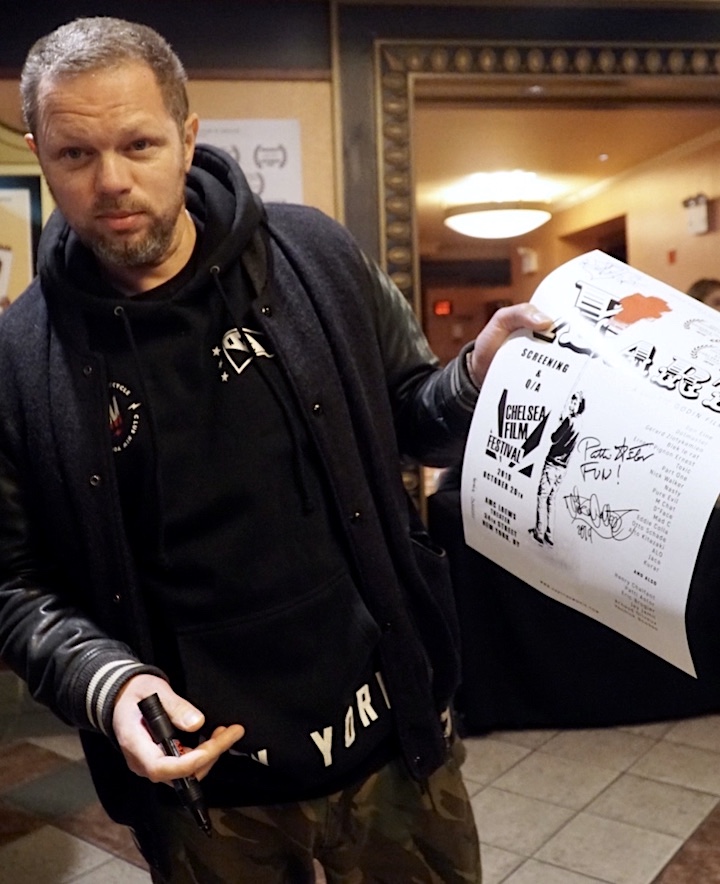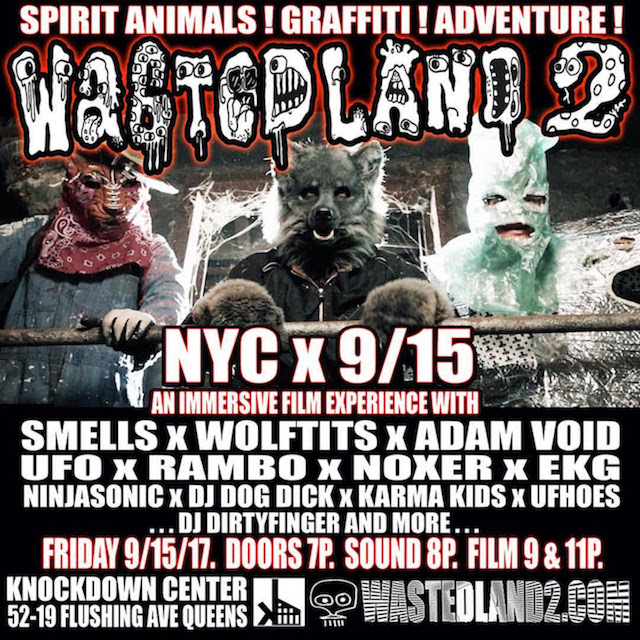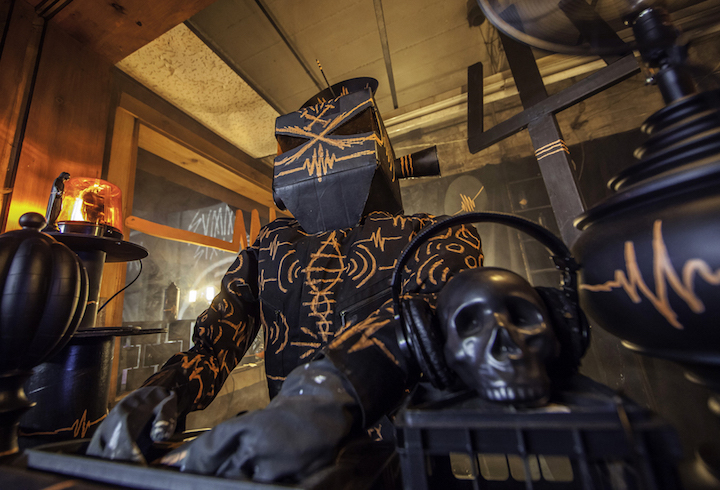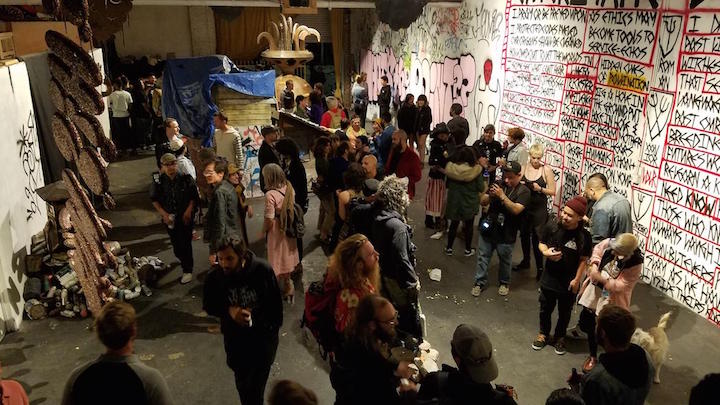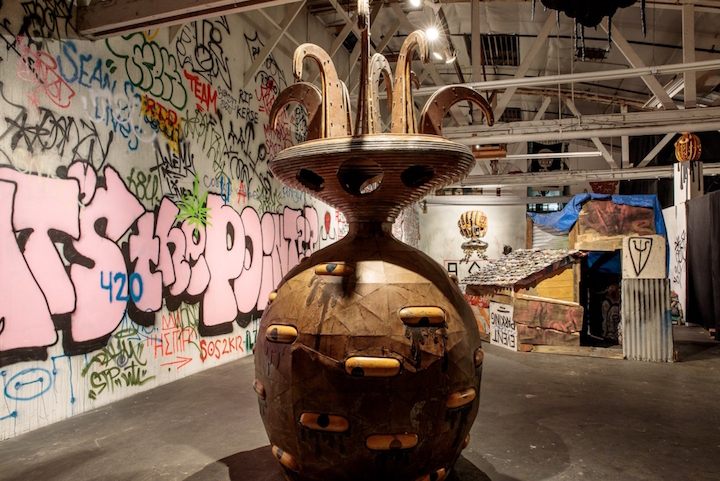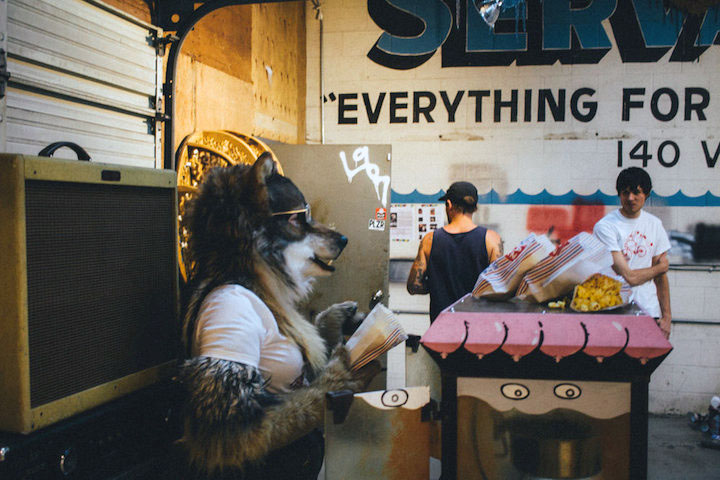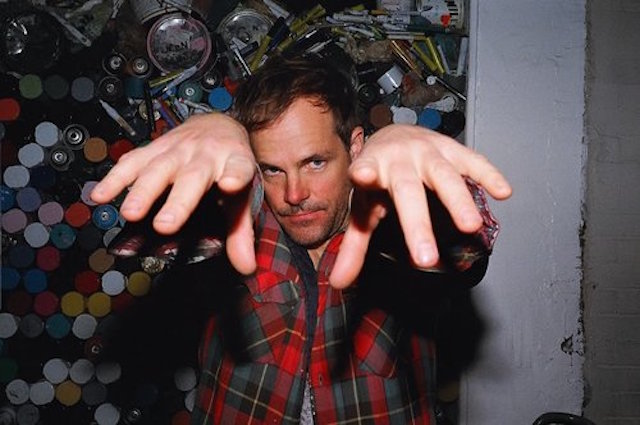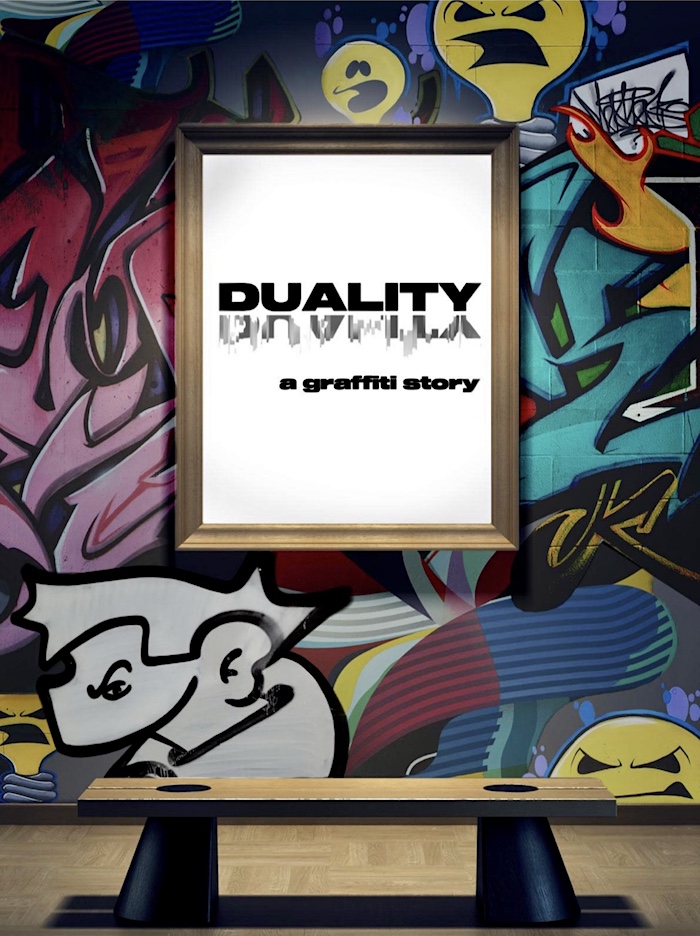
Tracing the emergence of graffiti from an underground subculture into a legitimate profession, Duality: A Graffiti Story — directed by Ryan Dowling — focuses on the struggles and successes of five noted graffiti artists. In the Buffalo 8 documentary feature film, legendary writers Meres One, Dual, Sloke, Jaber and Never1959 share their challenges and ventures as they reflect on their personal journeys in this ever-evolving culture.
Many graffiti writers — who were initially deemed as vandals for their tagging and illegal interventions — now earn wide recognition and respect for their stirring murals that grace cities across the globe. Their aesthetics have made their way inside and outside a range of upscale properties from luxury hotels to major corporations — who court them to enhance the “coolness” of their brands.
Once working mainly clandestinely, these artists now foster community, as they share their talents openly with others — who are eager to learn from their skills or simply observe and photograph them as they paint. And as their artwork begins to blur the lines between graffiti, urban art and fine art, it also increasingly finds a home in galleries.
Among the film’s recurrent themes is the artists’ addiction to getting up and their deep love for graffiti. “I’ll probably never ever not want to write my name on something. It’s an addiction for sure,” states Dual. “It’s amazing that there’s that opportunity to bridge the gap from doing illegal graffiti to doing commercial work with big companies.”
Among the many highlights of Duality: A Graffiti Story is the account of the vast achievements and horrific demise of Long Island City’s 5Pointz— as related by its curator and founder Meres One and advocate Marie Cecile Flageul.
Several screenshots from the riveting documentary follow:
NYC-based Meres One, founder and curator of the iconic graffiti mecca 5Pointz — whose talents continue to make their way onto walls, huge canvases, lightbulbs and varied corporate settings.
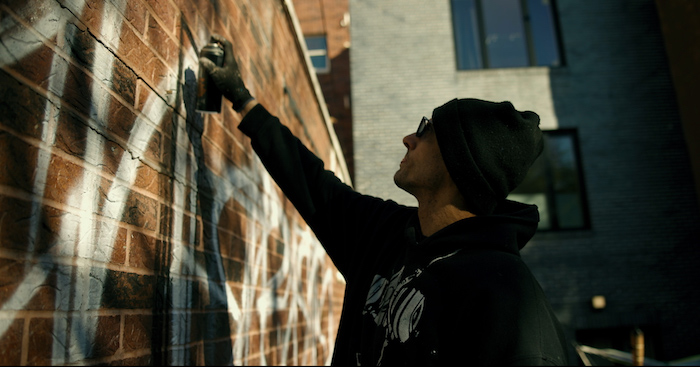
On the site of citizenM New York Bowery hotel where Meres painted this stained glass-inspired piece
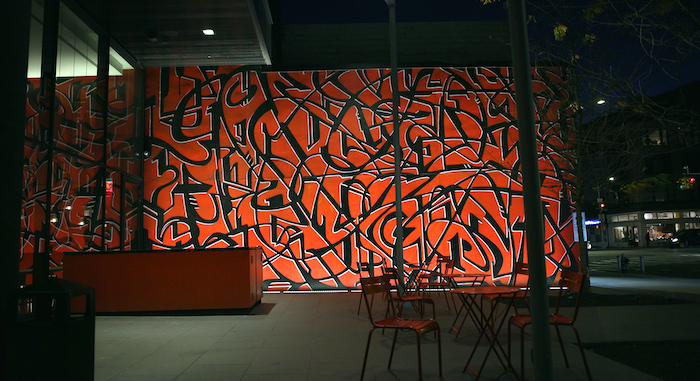
Houston, Texas-based Dual, best known for his wheat pastes — whose body of artwork includes everything from meticulously-made tape collages to sign painting to huge commissioned murals that beautify cities
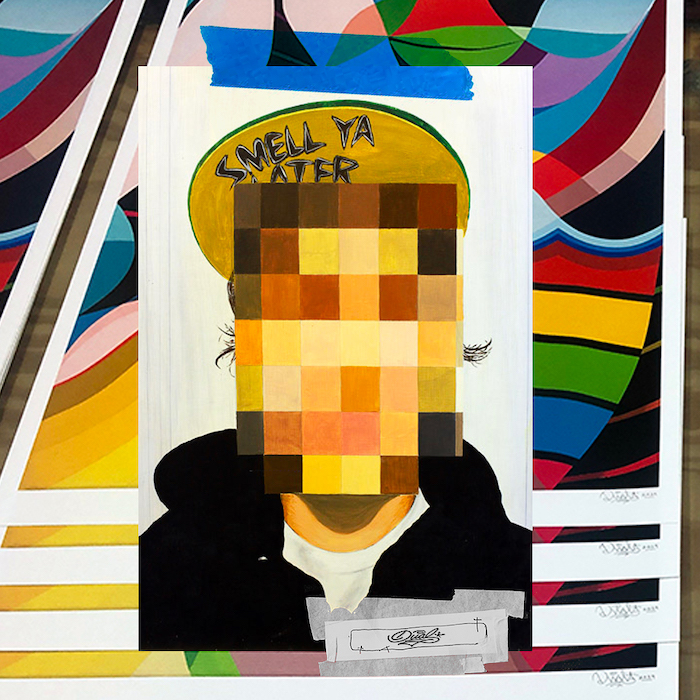
Dual, The Rice Box River Oaks Mural
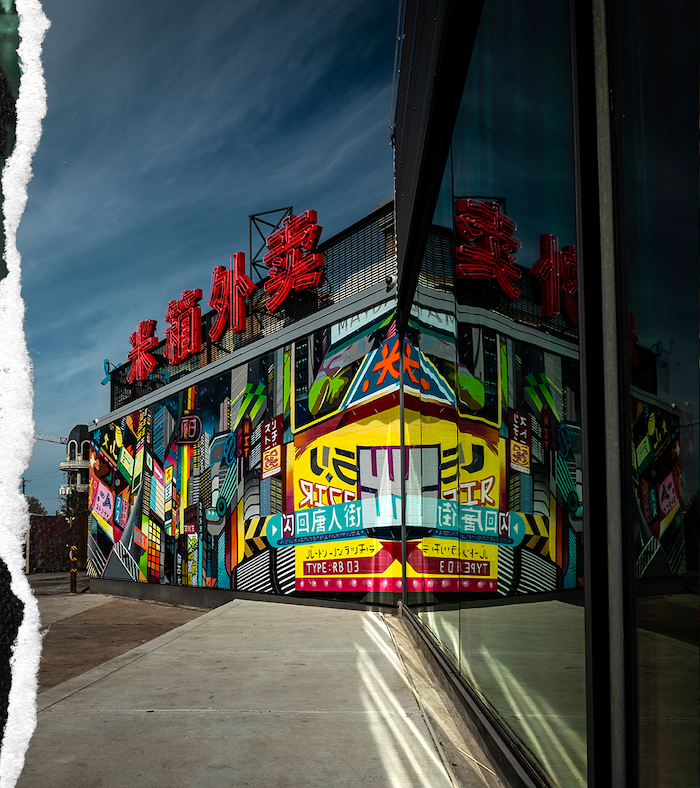
Austin, Texas native Sloke — who, in addition to painting, curating and mentoring youth — has produced murals for a range of companies including Apple, Facebook, Nike, Google, Red Bull and Time Warner
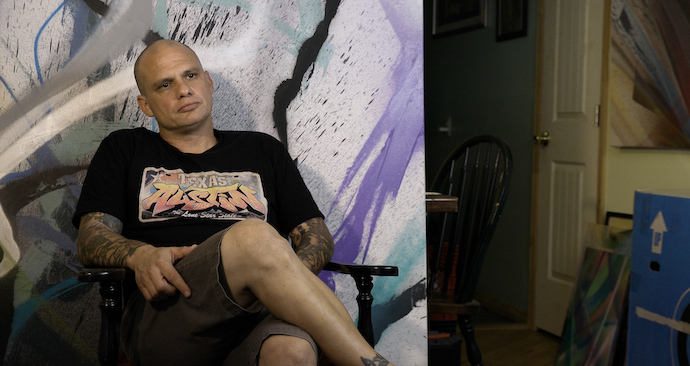
Sloke mentoring young man on the art of graffiti
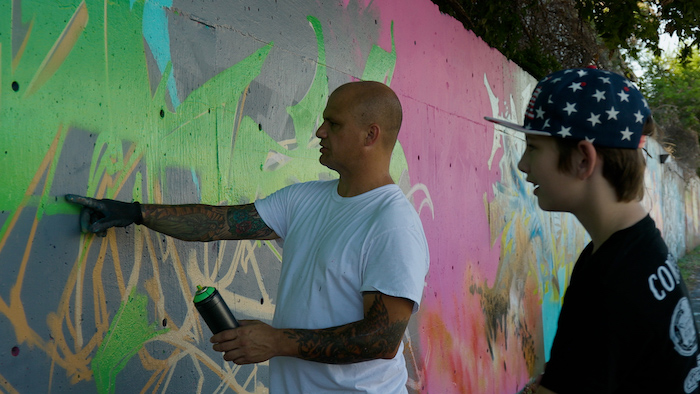
West Coast-based Jaber (ala El Ninja Blanco) — who has been making his mark on the streets since the early 9o’s and now does — among other things — design for major fashion companies and film sets
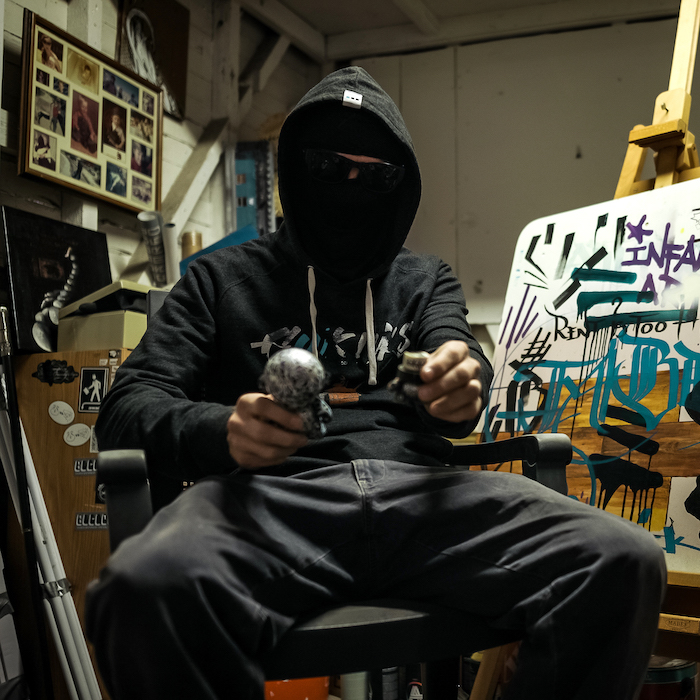
Jaber, Along the tracks
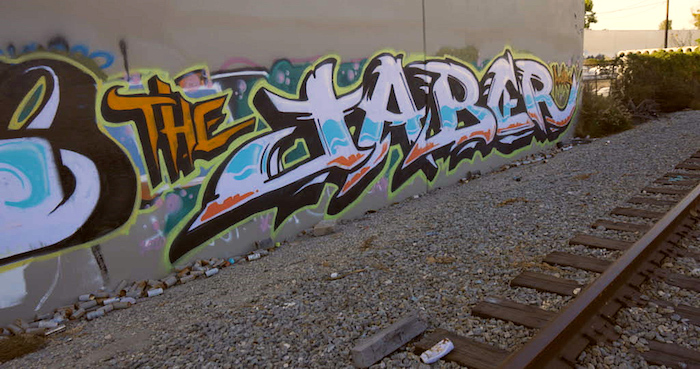
Los Angeles-based Never1959 — who is best-known for his large scale murals on buildings around Los Angeles
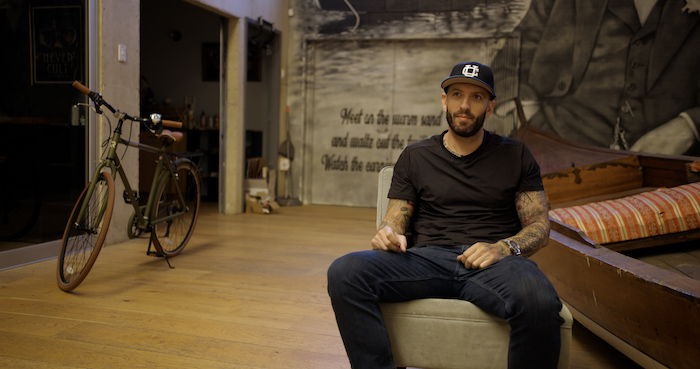
Never‘s 50-foot high mural that parodies the 1958 Orson Welles film noir “Touch of Evil”
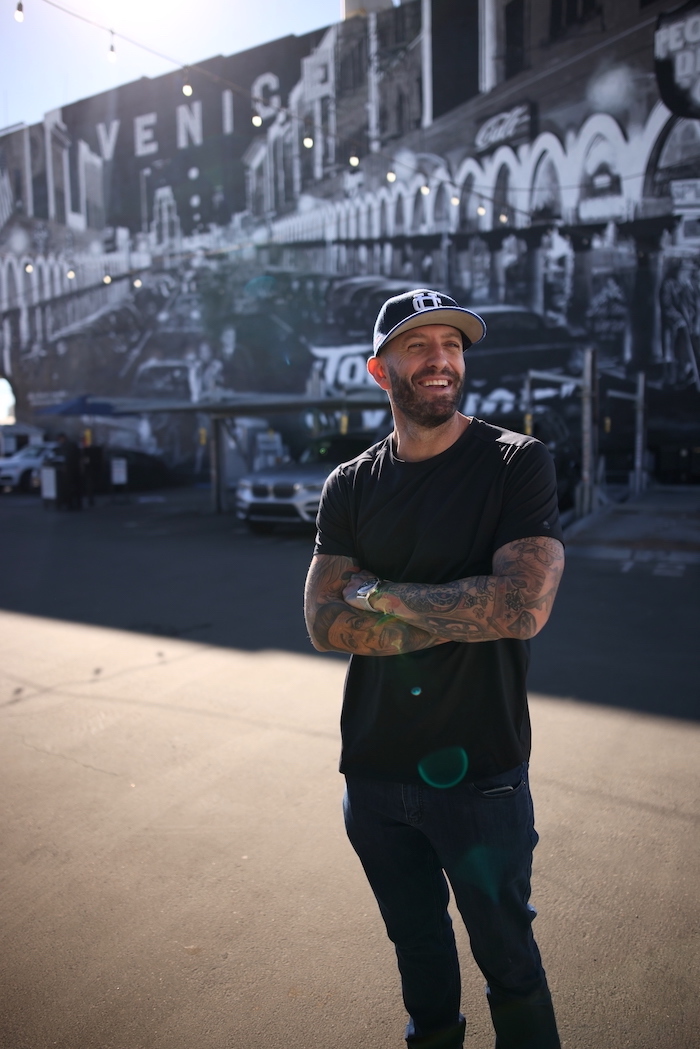
The premiere of this splendid homage to graffiti will take place tomorrow, October 19th, in Austin, Texas. And beginning Oct. 21, it will be available on Amazon Prime, AppleTV/iTunes, Google Play, Vudu, and YouTube movies.
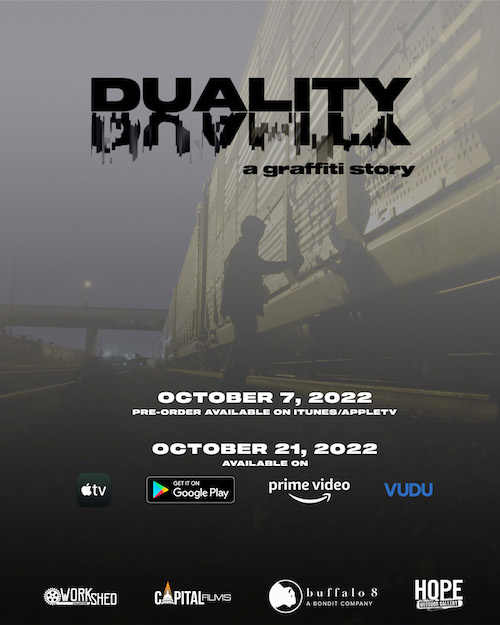
And you can check out the trailer below:
All images courtesy Buffalo 8
{ 0 comments }
